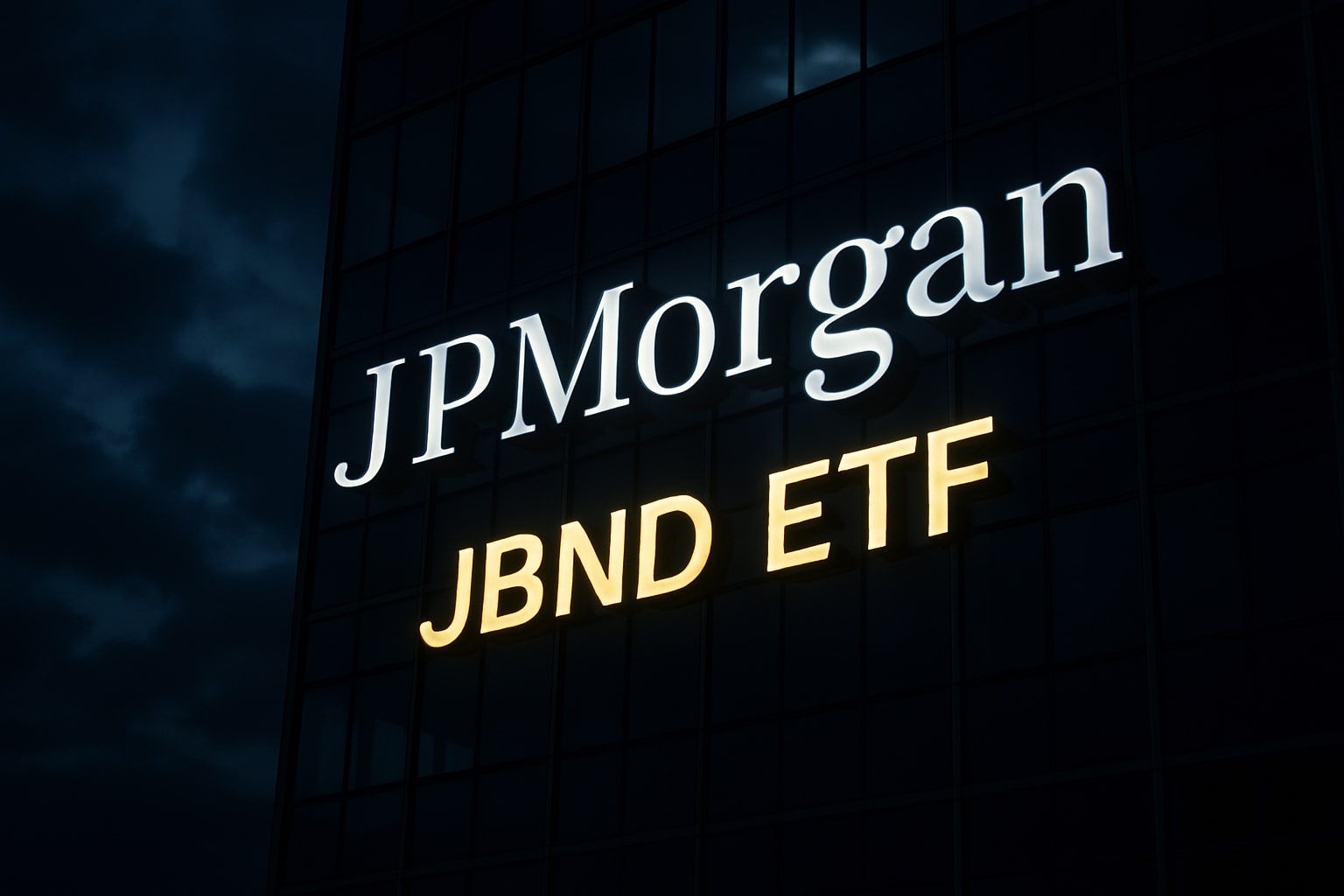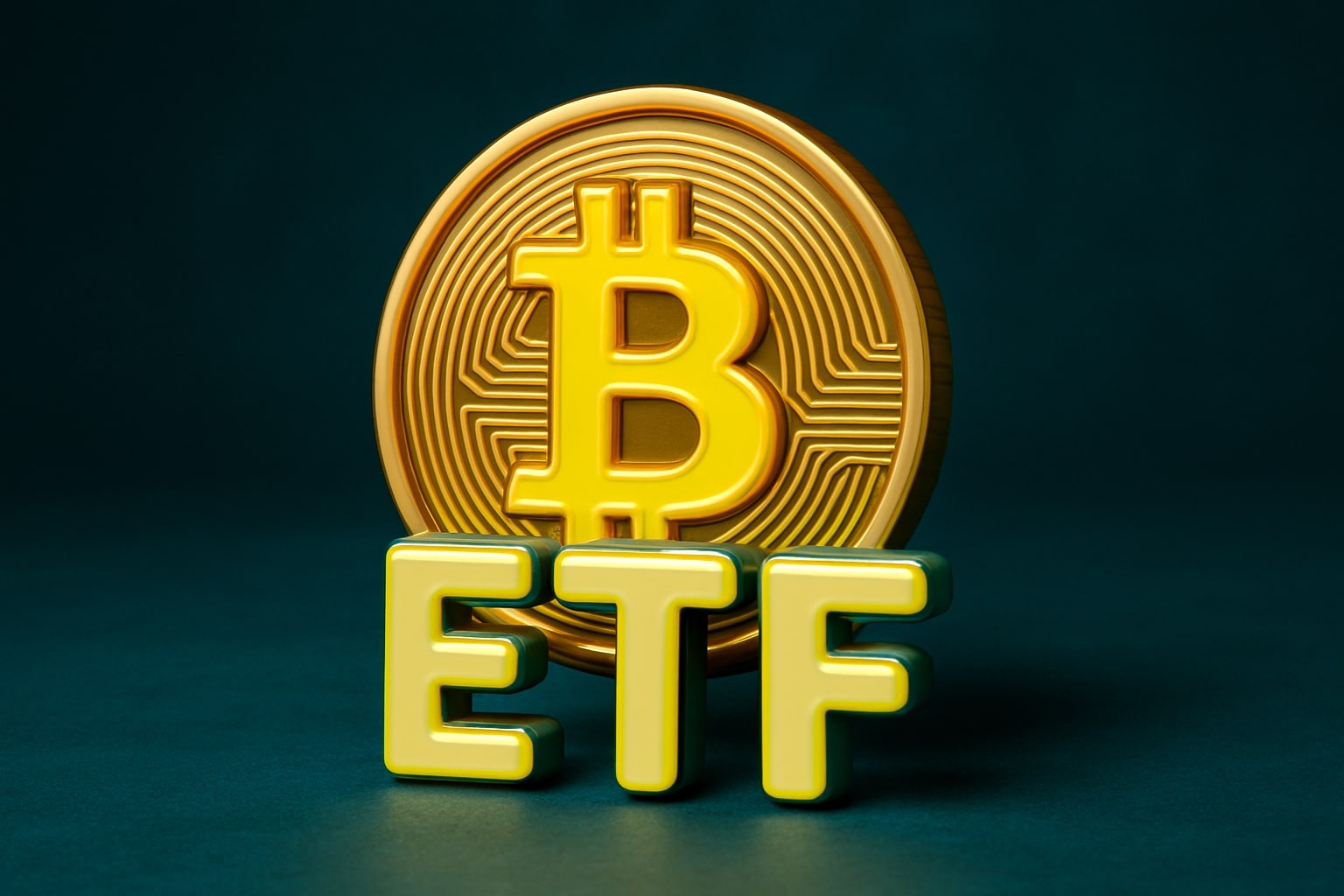
MSTY ETF Falls 54.9% YTD as MSTR Stock Volatility Crushes NAV Despite 198% Yield
The YieldMax MSTR Option Income Strategy ETF (NYSEARCA:MSTY) trades near $11.53 after a 54.9% year-to-date drop | That's TradingNEWS
MSTY ETF Slides 54.9% YTD as MSTR Stock Volatility Undermines NAV Despite 198% Yield
The YieldMax MSTR Option Income Strategy ETF (NYSEARCA:MSTY) has entered one of the most aggressive drawdowns of 2025, with the fund’s price tumbling 54.9% year-to-date to around $11.53, even as its annualized yield approaches 198%. The ETF, which generates income by selling covered calls on MicroStrategy (NASDAQ:MSTR), has seen its strategy heavily tested amid extreme volatility in the Bitcoin-linked equity. As MSTR stock whipsawed between $1,050 and $1,950 this year, the ETF’s income engine turned into a double-edged sword—producing huge distributions but simultaneously eroding net asset value at a record pace.
Unlike traditional covered-call funds that rely on stable, high-cap stocks, MSTY’s performance is tied to one of the most volatile assets in the U.S. market. MicroStrategy’s valuation has moved in near lockstep with Bitcoin (BTC-USD), amplifying swings in MSTY’s portfolio. While high implied volatility allowed the fund to capture rich option premiums, those payouts came at the cost of continuous NAV decay as the ETF repeatedly sold upside exposure before MSTR’s rebounds.
As of the latest reporting period, MSTY’s NAV decline of nearly 55% far outweighs its cash distributions. Over the past six months, the fund paid nearly $1.89 per share in monthly income, but its principal value dropped by more than $13 during the same period. This imbalance underscores a key structural risk: while the 198% yield appears extraordinary, it’s derived from premium harvesting rather than organic earnings, meaning the distributions largely represent a return of capital.
MicroStrategy’s own fundamentals have only intensified the challenge. The company continues to operate as a leveraged Bitcoin proxy, holding more than 226,000 BTC—valued around $25 billion—against total debt exceeding $5 billion. As Bitcoin prices oscillate around $110,000, MSTY’s short call positions are constantly repriced with steep volatility premiums, forcing the ETF to sacrifice upside capture for immediate cash flow. Each rally in MSTR triggers realized losses on written calls, while each decline shrinks the value of held synthetic exposure, leaving little room for NAV recovery.
From a valuation perspective, MSTY’s price-to-NAV discount has widened to more than 4%, signaling investor caution. The fund’s average daily volume has surged above 1.2 million shares, reflecting speculative interest from income traders chasing double-digit monthly payouts. Yet the total assets under management, now near $180 million, remain down over 40% since April—indicating that institutional capital is retreating amid concerns of sustainability
Read More
-
JBND ETF Stabilizes Near $54.16 as Cooling Real Yields and Firm Credit Spreads Fuel a Stronger Outlook
13.11.2025 · TradingNEWS ArchiveStocks
-
XRPC ETF Roars Out of the Gate With $26M as XRPI at $13.51 and XRPR at $18.98 Lead a New XRP ETF Market Cycle
13.11.2025 · TradingNEWS ArchiveCrypto
-
Natural Gas Price Surges Toward Multi-Year Highs as $4.60 Breakout Collides With Winter Demand
13.11.2025 · TradingNEWS ArchiveCommodities
-
USD/JPY Price Forecast - Yen Surges Toward 155.00 as BoJ Uncertainty and U.S. Data Backlog Ignite a High-Risk Breakout
13.11.2025 · TradingNEWS ArchiveForex
For income-focused investors, the appeal of a 198% yield masks the structural decay behind it. YieldMax’s synthetic call-writing model was designed to monetize volatility, but in this case, it’s monetizing the wrong kind—persistent, asymmetric swings that continuously damage NAV. Compared to peers like YTSL (YieldMax TSLA Option Income Strategy ETF) or YAPY (YieldMax AAPL Option Income Strategy ETF), MSTY’s drawdown is the steepest, reflecting the unique risk of being tethered to a Bitcoin-leveraged equity.
The ETF’s current trajectory depends almost entirely on MicroStrategy’s price stability and Bitcoin’s consolidation above $100,000. A renewed surge in Bitcoin could paradoxically hurt MSTY by forcing larger option losses, while a collapse would shrink its underlying exposure. In other words, the fund is trapped between high volatility and declining capital efficiency—an unsustainable balance unless option premiums remain near record highs.
At present, the data suggests a continued bearish bias for MSTY. The yield remains eye-catching, but the ETF’s long-term viability depends on whether MicroStrategy can stabilize its valuation and whether Bitcoin’s volatility moderates. As long as MSTR trades with 100%+ implied volatility, MSTY’s 198% yield cannot offset its 54.9% capital loss.
Verdict: Hold with extreme caution — income remains high, but NAV erosion and MSTR volatility make sustainability doubtful at current levels.


















